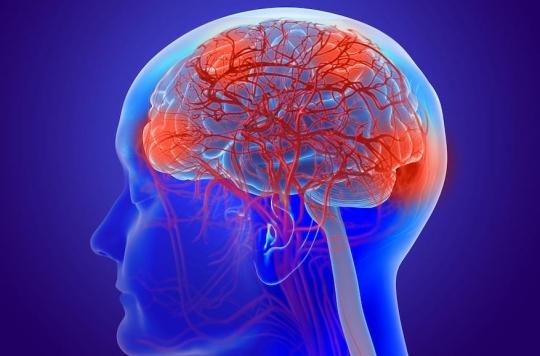An unknown disease has intrigued Canadian neurologists for several weeks. His symptoms are similar to those of Creutzfeldt-Jakob but the examinations revealed no trace of prions, which are at the origin of this neurodegenerative disease.

- The symptoms are very varied depending on the patient, ranging from sleep disorders to sudden weight loss and psychiatric disorders.
- A battery of tests are carried out without any of them revealing the causes of this disease.
- The researchers think that the origin is not genetic but would be caused by a toxic element acquired in the environment.
The mystery remains intact. In the province of New Brunswick, in the far east of the country, 48 cases of patients with neurological disorders intrigue doctors. Their symptoms once suggested they had Creutzfeldt-Jakob neurodegenerative disease, but tests revealed no trace of the prions, which cause it, or even other markers of known neurological pathologies. In addition, the patients range in age from 18 to 85 and include as many women as men, leaving few clues as to the origin of this strange disease. Moreover, it is not totally new since, as reported Radio-Canada, the first reported case was in 2015 before 11 new patients were detected in 2019 and then 24 new cases emerged last year. Since the start of 2021, six new people have reported the same symptoms.
A wide variety of symptoms
The symptoms appear very varied depending on the patient and six people have already succumbed to this disease. Initially, there may be behavioral changes and the onset of anxiety, depression, and irritability, as well as unexplained aches, muscle aches, and spasms in previously healthy people. Patients then generally develop difficulty sleeping, which manifests as severe insomnia or hypersomnia, or even disturbing hallucinatory dreams or awake auditory hallucinations, as well as memory problems. Language disorders can also appear with stuttering and palilalia, or the repetition of words. Some have suddenly lost weight and suffer from muscle atrophy as well as visual disturbances and coordination problems, as well as involuntary muscle contractions. Many patients now require the assistance of walkers or wheelchairs. Finally, some have presented with “Capgras delirium”, a psychiatric disorder in which a person believes that a loved one has been replaced by an impostor.
Patients undergo numerous tests to try to identify the disease, under the eye of neurologist Alier Marrero in conjunction with a team of researchers and the Canadian federal public health agency. The latter examine pell-mell prion diseases, genetic diseases, autoimmune diseases, forms of cancer, screenings for viruses, bacteria, fungi, heavy metals and abnormal antibodies. Environmental factors, lifestyle exposures, travel, medical history, food and water sources are also studied. Patients also undergo lumbar swabs to test for various possible infections and disorders.
More questions than answers
So far, researchers have found nothing. “At this point we have more questions than answers”, summed up the chief medical officer of health, Dr. Jennifer Russell, quoted by Radio Canada. The current track leads to the theory that this disease is acquired and not genetic. “Our first common idea is that there is an acquired toxic element in this patient’s environment that triggers the degenerative changes.”, advances Alier Marrero. Another hypothesis points to chronic exposure to an “excitotoxin”, such as domoic acid. Another toxin, beta-methylamino-L-alanine (BMAA), considered an environmental risk in the development of diseases such as Alzheimer’s and Parkinson’s, is also being studied. BMAA is produced by cyanobacteria, or blue-green algae. Some researchers also believe that BMAA is linked to a neurodegenerative disease that struck an indigenous population of the US island territory of Guam in the mid-20th century that originated in seeds that were part of their diet.
No treatment exists to cure these patients. The drugs prescribed to them only manage to relieve the discomfort of certain symptoms. Finally, the researchers hypothesize that other patients may be affected by this mysterious disease but that they have not yet been identified.
.















